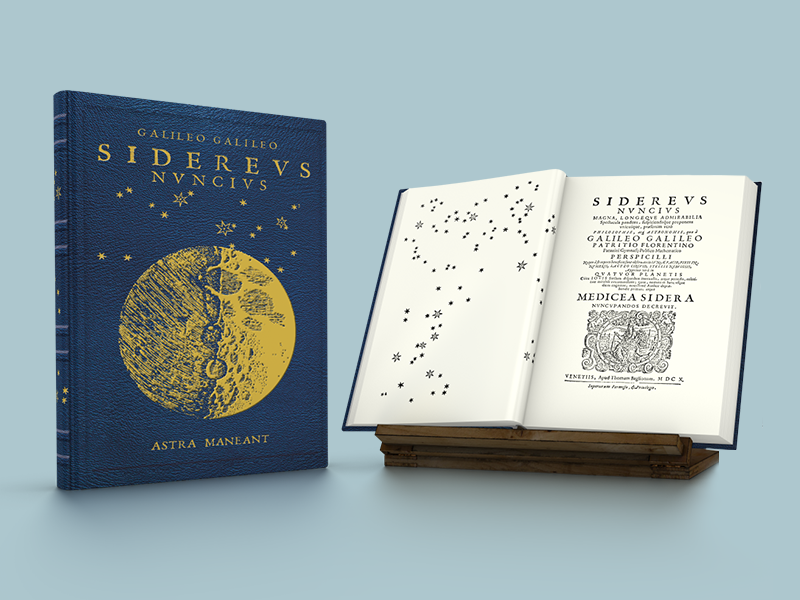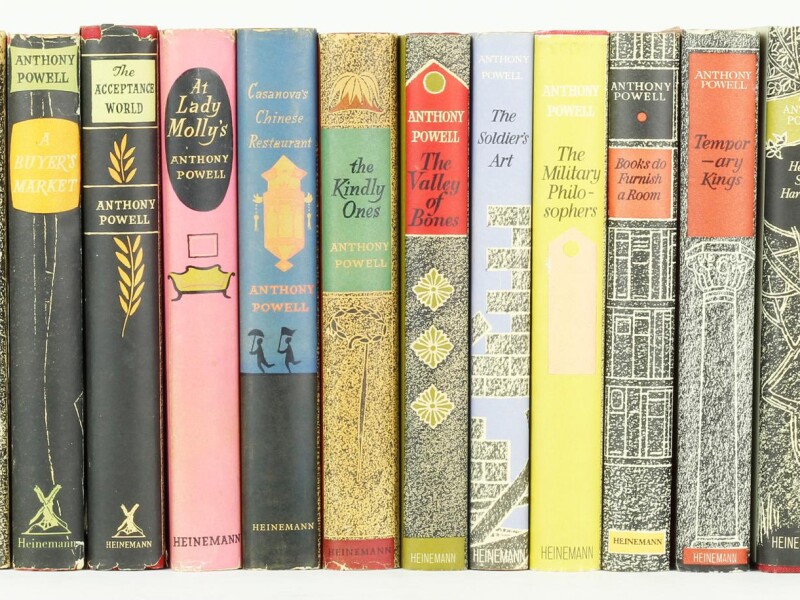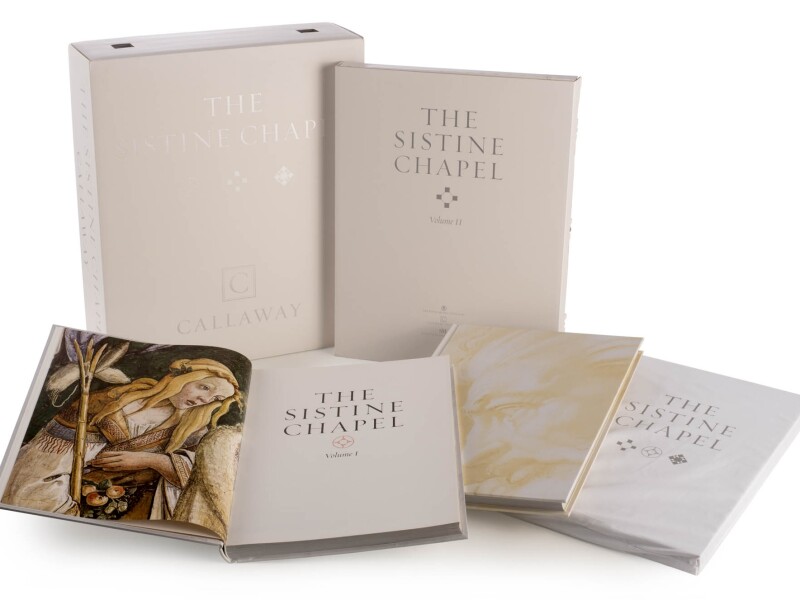Our guide outlines book grading terms for used and rare books, from As New to As Described. While criteria may vary by seller and region, it provides a general reference. Sellers often include detailed descriptions of specific conditions and may use "+ (Plus)" or "- (Minus)" modifiers to refine grades. Always refer to the full description for nuanced details about jacket, binding, and overall condition. For clarification on any terms used in a particular listing, contact the seller directly for further information.
As New: The book is in pristine, original condition as when published. This grade may apply to older books that have been carefully stored, never shelved, thumbed, or opened. Find examples
Fine (F): A Fine book is nearly As New in condition but without being crisp. The book may have been opened and read, but shows no defects to the book, jacket, or pages. Find examples
Near Fine (FN): A book approaching Fine (or As New) but with a couple of very minor defects or faults, which must be noted by the seller.
Very Good (VG): A book showing small signs of wear but no tears on either binding or paper. The book maintains its structural integrity, and any defects must be noted by the seller. Find examples
Good (G): Describes a book with average wear while maintaining complete text pages. The book is intact and readable, but shows signs of use. Any defects must be noted by the seller.
Fair: A worn book that has complete text pages (including those with maps or plates) but may lack endpapers, half-title, etc. (which must be noted).The binding and jacket (if any) may show significant wear. All defects should be noted.
Poor (Reading Copy): A heavily worn book whose primary value is its complete, legible text. May have loose joints, hinges, or pages, and may be soiled, scuffed, stained, or spotted. Any missing maps or plates must be noted.
As Described: The seller has opted to detail the book's specific condition rather than assign a single standard grade. The complete condition can be found in the seller's description, which should be read carefully to understand the book's actual state.
Other terms used in conjunction with the grading scale
Binding Copy: Describes a book in which the pages or leaves are perfect but the binding is very bad, loose, off, or non-existent.
Bowed: A condition of the covers or boards of a hardcover book. Bowed covers may turn inward toward the leaves or outward away from the leaves. The condition generally results from a rapid change in the level of moisture in the air and is caused by different rates of expansion or contraction of the paste-down and the outer material covering the board.
Chipped: Used to describe where small pieces are missing from the edges of the boards or where fraying has occurred on a dust jacket or the edge of a paperback.
Dampstained: A light stain on the cover or on the leaves of a book caused by moisture such as a piece of food or perspiration. Generally not as severe as waterstains.
Darkening or Fading: When book covers are exposed to light, the color darkens or becomes more intense. See also tape shadow.
Edgeworn: Wear along the edges of hardback book covers.
Ex-library: The book was once owned by, and circulated in, a public library. This book could well be in any of the above general categories but more often than not has been well used. May have library stickers, stamps, or markings. Any former library book must be marked ex-library by the seller. Find examples
Foxed or Foxing: Brown spotting of the paper caused by a chemical reaction, generally found in 19th century books, particularly in steel engravings of the period.
Loose: The binding of a new book is very tight; that is, the book will not open easily and generally does not want to remain open to any given page. As the book is used, the binding becomes looser until a well-used book may lay flat and remain open to any page in the book.
Made-up Copy: A copy of a book whose parts have been assembled from one or more defective copies.
Price Clipped: The price has been clipped from the corner of the dust jacket - perhaps because the book was originally a gift. This usually reduces the value of the book. Find examples
Re-backed: A book that has been repaired by replacing the spine and mending the hinges.
Re-cased: A book that has been glued back into its covers after having been shaken loose.
Re-jointed: Means the book has been repaired preserving the original covers, including the spine.
Remainder: When a book has ceased to sell, a publisher may get rid of their overstock by "remaindering" the title to booksellers who specialize in selling this kind of book. Remainders are marked, often with a black dot or similar mark, to the top or bottom edge of the book. Aside from the mark, a remainder can be in As New condition and good value for money.
Shaken: An adjective describing a book whose pages are beginning to come loose from the binding.
Shelf Wear: The wear that occurs as a book is placed onto and removed from a shelf. It may be to the tail (bottom) edge of the covers as they rub against the shelf, to the dust jacket or exterior of the covers (when no dust jacket is present) as the book rubs against its neighbors, or to the head of the spine which some use to pull the book from the shelf.
Sunned: The book has faded from exposure to light or direct sunlight.
Tight: The binding of a new book is very tight; that is, the book will not open easily and generally does not want to remain open to any given page. As the book is used, the binding becomes looser until a well-used book may lay flat and remain open to any page in the book.
Trimmed: An adjective indicating that the pages have been cut down to a size smaller than when originally issued.
Unopened: The leaves of the book are still joined at the folds, not slit apart.
Working copy: Even more damaged than a reading copy, the working copy will have multiple defects and may even need repair.
Worming, Wormholes: Small holes resulting from bookworms (the larvae of various beetles).


